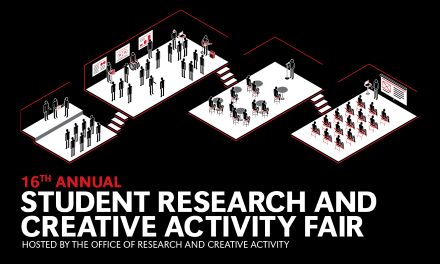The effects of dual-tasking on multiscale coordination between center of pressure and center of mass in healthy young adults
Presenter Type
UNO Graduate Student (Doctoral)
Major/Field of Study
Biomechanics
Other
Biomechanics and Kinesiology
Advisor Information
Madhur Mangalam
Location
CEC RM #201/205/209
Presentation Type
Poster
Start Date
22-3-2024 1:00 PM
End Date
22-3-2024 2:15 PM
Abstract
Dexterity encompasses a global, functional coordination involving fundamental interactivity that spans the entire body. Task completion relies on the coordination of diverse anatomical components, ensuring stability in posture on the support surface. Key variables in this context are the bodily center of mass and pressure (CoM and CoP, respectively), serving as critical indicators directly reflecting whole-body coordination and stability on the support surface. The significance of this coordination surpasses that of individual anatomical parts, underscoring its pivotal role in facilitating healthy movement. Comprehending this intricate interactivity is paramount in developing innovative rehabilitative interventions to prevent falls and enhance the quality of life in pathological populations. This project integrates a life-size Trail-Making Test with posturography and whole-body movement tracking alongside cutting-edge fractal regression modeling. The objective is to examine the causal interaction between the bodily CoM and CoP in healthy young adults. Our hypothesis posits that maintaining an upright stance induces causal bidirectional influences between CoM and CoP across multiple timescales. Notably, these influences are expected to intensify when posture is destabilized, especially at shorter timescales related to these perturbations, further strengthening when individuals are burdened with a secondary task alongside destabilized posture. Preliminary results employing fractal regression methods substantiate our hypothesis. Ongoing efforts involve testing more participants and validating these initial findings on a larger cohort of healthy young adults.
The effects of dual-tasking on multiscale coordination between center of pressure and center of mass in healthy young adults
CEC RM #201/205/209
Dexterity encompasses a global, functional coordination involving fundamental interactivity that spans the entire body. Task completion relies on the coordination of diverse anatomical components, ensuring stability in posture on the support surface. Key variables in this context are the bodily center of mass and pressure (CoM and CoP, respectively), serving as critical indicators directly reflecting whole-body coordination and stability on the support surface. The significance of this coordination surpasses that of individual anatomical parts, underscoring its pivotal role in facilitating healthy movement. Comprehending this intricate interactivity is paramount in developing innovative rehabilitative interventions to prevent falls and enhance the quality of life in pathological populations. This project integrates a life-size Trail-Making Test with posturography and whole-body movement tracking alongside cutting-edge fractal regression modeling. The objective is to examine the causal interaction between the bodily CoM and CoP in healthy young adults. Our hypothesis posits that maintaining an upright stance induces causal bidirectional influences between CoM and CoP across multiple timescales. Notably, these influences are expected to intensify when posture is destabilized, especially at shorter timescales related to these perturbations, further strengthening when individuals are burdened with a secondary task alongside destabilized posture. Preliminary results employing fractal regression methods substantiate our hypothesis. Ongoing efforts involve testing more participants and validating these initial findings on a larger cohort of healthy young adults.

